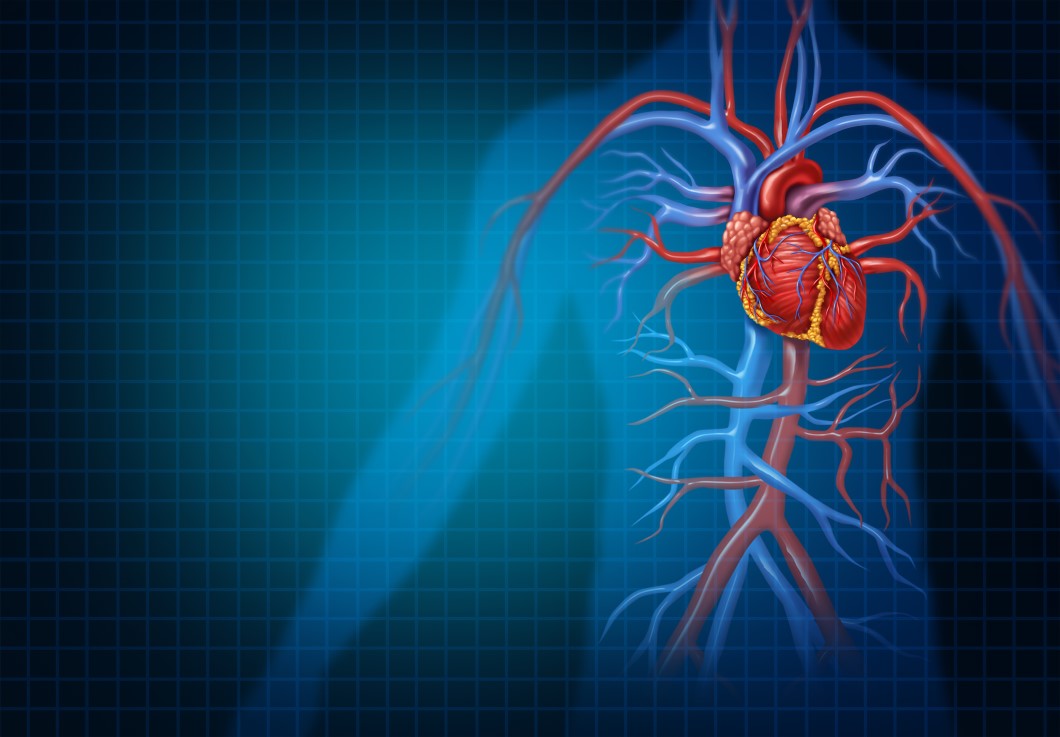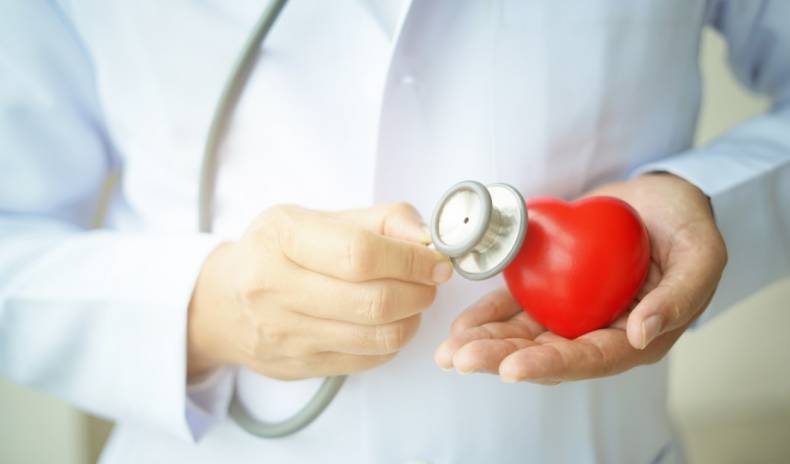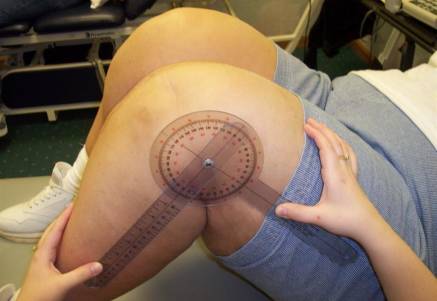The general public is afraid of AIDS or cancer. However, a much higher percentage of deaths occur due to cardiovascular diseases, and this percentage, according to research, is still rising. In today’s hectic society, one does not have time to eat (not to mention regular food) or to rest, let alone select food of good quality or follow a healthy movement regime.
Our sedentary lifestyles with irregular and poor diet increases blood cholesterol and blood pressure and thus develops atherosclerosis and subsequent damage to the blood vessels, that is, blood vessels that nourish the heart as well.
How to prevent cardiac disease
Each of us should realize that he is primarily responsible for his own health and something should be done for one’s health. Otherwise, no doctor will help him.
It is important to regularly visit your doctor, who takes blood as a part of preventive check-ups and measures blood pressure — whose higher values are among the risk factors in the development of atherosclerosis. Normal cholesterol levels in blood is up to 5mmol/l, and normal blood pressure is up to 130/80.
To maintain good health, nutrition, regular exercise, non-smoking, and maintaining the right weight are all very important. You should also know your heart rate and value of lipids in the bloodstream. In order to maintain your health, it is necessary to adopt this lifestyle as a lifestyle — not as a necessity — then the result is permanent.
Nutrition
Your diet should ensure optimal intake of essential nutrients. This is important for maintaining good health. A nutrition disorder can facilitate the development of certain diseases. Patients after a heart attack or with cardiovascular diseases are advised to reduce fat intake, reduce cholesterol intake (300 mg/day in animal products), reduce meat intake — replace red meat with white meat and fish and limit sugar and salt intake.
Fruit, vegetables, nuts, whole grains, legumes, fish, poultry and low-fat yogurts and cheeses should be included in one’s diet.
Smoking and alcohol
Smoking is the most important factor in the development of atherosclerosis and CHD. Smoking accelerates the development of vascular atherosclerosis. It is not compatible with the treatment cardiovascular diseases, because it basically negates the treatment.
Consuming small amounts of alcohol increases the HDL-cholesterol level, but the patient should consider all health risks and take into account the energy value of alcoholic beverages. The recommended amount is 1/3 of beer or 1-2 dcl of wine or 25 ml of distillate.
Body weight regulation
Increasing body weight is always a disparity between calorie intake and calorie excretion. If the patient decides to modify his diet and increase physical activity and is not overweight, the body weight is reduced, but the weight needs to be monitored to avoid a rapid decrease — just 1-2 kg per month.
It is also useful to set real goals, for example, to lose 10% of one’s weight. It will also show on the results of blood fats and will lower blood pressure and the patient overall will feel better.
One must also check his BMI, the body weight index. The higher the BMI, the higher the risk of CVD and other health problems. BMI over 30 requires therapy in specialized workplaces.

Physical activity
Inactivity and lack of movement is an unhealthy condition for the human body and contributes to weight gain, development of atherosclerosis, hypertension and thus development of CVD.
Enough movement affects the reduction of fat levels and the decomposition of hormones released into the bloodstream in connection with stress. Regular exercise activity increases the resistance of the individual against stress, helps maintain a sense of well-being and health into the late age.
The physical load is individual — it is different for every person depending on their previous experience with sports. The regularity of movement is important. Rhythmic exercise every day for 10 minutes or 3 times a week for 20-30 minutes can be highly beneficial.
Treatment in case of heart attack
In case the worse— a heart attack — spa treatment is an appropriate way to tackle the disease. For one month, patients get acquainted with healthy nutrition, with the possibilities of exercise and have the ability to learn not to smoke.
The focus is mainly on the rehabilitation and relaxation of physical stress. It also helps to improve neck mobility, lung function and overall fitness. Early rehabilitation after cardiac surgery is usually performed directly on hospitalization. In other words, the patient may change the hospital bed for a spa just a week after surgery.
Spa treatment improves the patient’s mental state and shortens working incapacity. CVD are treated in many of Czech SPA Resorts — Teplice and Bečvou, Lázně Libverda, Poděbrady and in Konstantinovy and Františkovy Lázně. Demand for this treatment is enormous. However, the capacity is sufficient and Czech spas are capable of satisfying the needs of all potential customers.
Patients who do not take LL can use the rehabilitation program for cardiac patients. Rehabilitation is preceded by a comprehensive cardiological examination, including spiroergometry, where the optimal individual load is determined. The examination is repeated at the end of the reconditioning program.





















